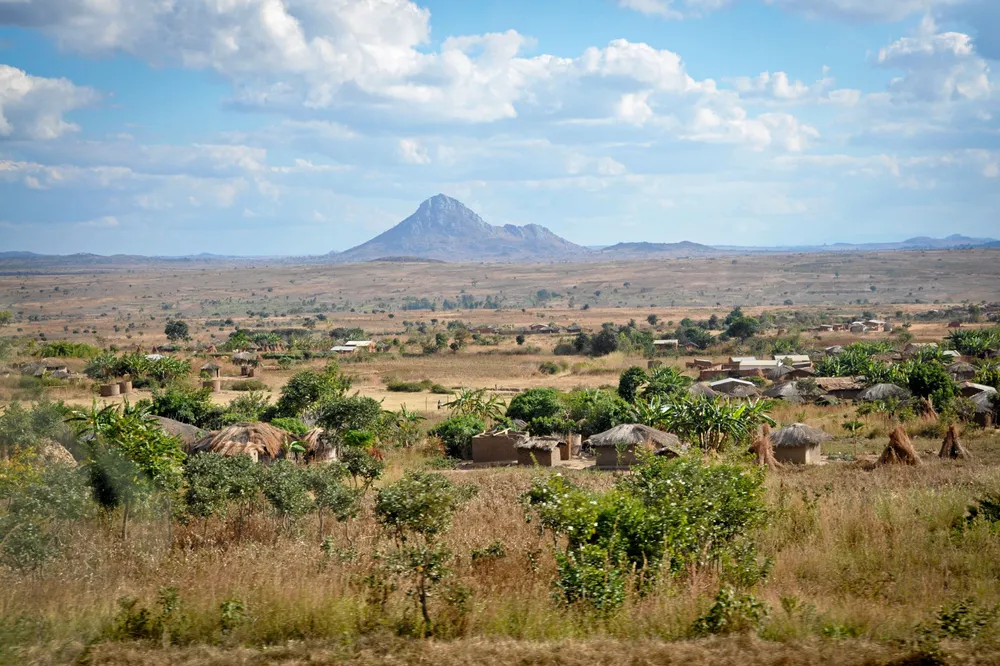INTERVIEW | Start-up announces 12GW solar-to-green-hydrogen project in Mozambique
Jearrard Energy Resources says it will begin construction in mid-2024 — without subsidies

Jearrard Energy Resources says it will begin construction in mid-2024 — without subsidies
